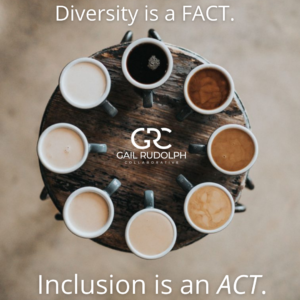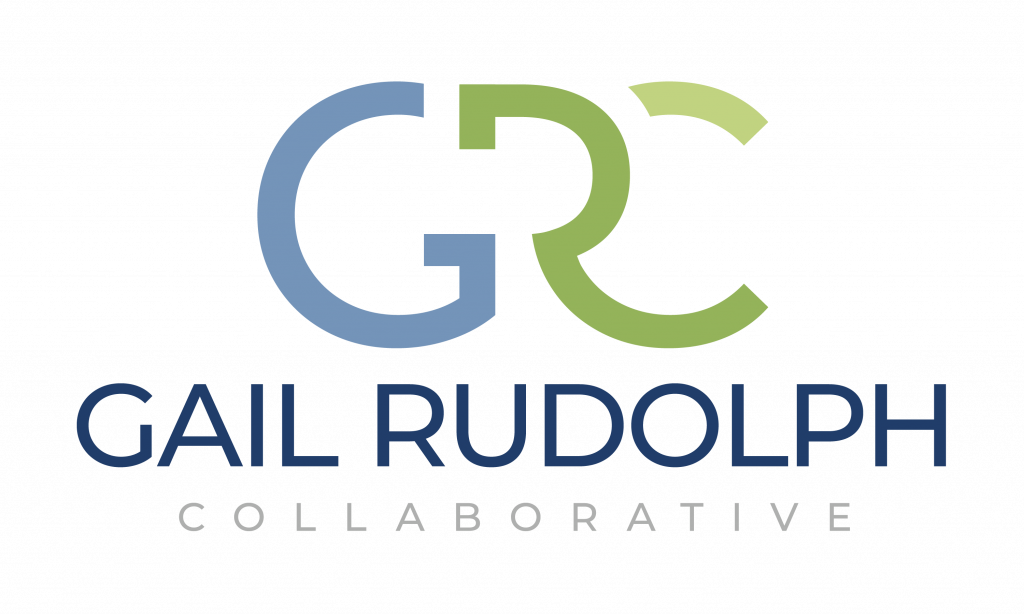Years of research prove that diverse groups and organizations that are well-managed outperform homogeneous groups. They are more creative, engaged and committed, possess a higher collective intelligence, and are better decision makers and problem solvers than their uniform counterparts. Plus, organizational diversity boosts financial success.
Building a culture of trust, candor, and respect isn’t possible without a culture of inclusion. And for inclusion to gain a respectable foothold, there must be a dedicated commitment to upholding workplace practices that enable people in “out groups” to make an impact.
Many people feel excluded from being able to participate in meetings even if they are an attendee. Women and minorities are uncomfortable speaking up, asking questions or offering their ideas, expertise, or opinions, an issue that is compounded by the fact that they tend to be interrupted twice as frequently in a group setting, especially in male-dominated industries. This practice, even if unintentional, stunts creativity and innovation.
Meetings are one of the first places to begin to cultivate an inclusive culture within an organization. A critical step in doing so is to establish parameters and expectations for inclusion prior to the start of any meetings.
Author of The Art of Gathering, Priya Parker, offers these suggestions for igniting an inclusive approach. She breaks them into three sections: Customs, Conduct, and Commitment.
Customs include:
- The manager or meeting leader should send a pre-meeting email to all attendees with the agenda and a message that expresses that everyone should be prepared to come to the meeting “ready to share ideas and opinions as well as listen to those of others.”
- Leaders should also review the attendee list in advance to ensure those who represent differing perspectives are also included.
- The manager or leader should set the tone at the start of the meeting by welcoming people by name as they enter the room. There should also be enough seating to accommodate everyone in attendance.
- If the group is new or unfamiliar with one another, a short ice breaker allows everyone to get to know one another. If the meeting is lengthy, after each break, encourage people to sit next to someone new.
- Reiterate that everyone can speak openly and offer up opposing viewpoints without having to be afraid of retribution.

Conduct includes:
- Set ground rules for the meeting at the start. When the leader reviews these guidelines, everyone is aware of their rights and responsibilities when it comes to participation. Adhering to the ground rules helps leaders foster an inclusive space of respect and sharing.
- The meeting leader has responsibility to ensure every person in attendance has the opportunity to participate. They also are required to oversee and address the conduct of attendees, putting a stop to those who may be dominating the conversation, interrupting others, shutting down ideas, or other behaviors that stifle inclusivity.
- Tamp down interruptions immediately. Stating things such as, “Hang on. Linda had an interesting point. I’d like to hear more,” or “Hold that thought, let’s allow Aaron to finish what he was saying. Aaron, that was intriguing-would you please continue?” When demonstrated by a leader, this Upstander behavior will eventually propagate to others, enabling them to either stand up for fellow coworkers or even themselves.
Commitment includes:
- Leaders should have clearly defined what inclusivity means and model that behavior in the workplace, including meetings.
- They should also be transparent about what inclusivity means in a meeting environment.
- Leaders should also hold their team members accountable for modeling said behaviors. Any deviation from the accepted behaviors should be addressed.
- Since inclusivity is something that requires practice and fine-tuning by all involved, it is important to gather anonymous feedback from meeting attendees to discover what works well and what requires refinement.
Whether in-person or via video conference, meetings are vital for sharing ideas, brainstorming, and arriving at creative and innovative solutions.
To guarantee the best from a team, every perspective should be valued, and a wide breadth of diverse positions should be invited to participate. Each person in the room should feel safe to fully engage and express their thoughts, even if those viewpoints are considered contrary.
Meetings are a hotspot for creating a culture of inclusivity, and leaders must ensure the environment is one that fosters and fully embraces diversity and inclusion.


